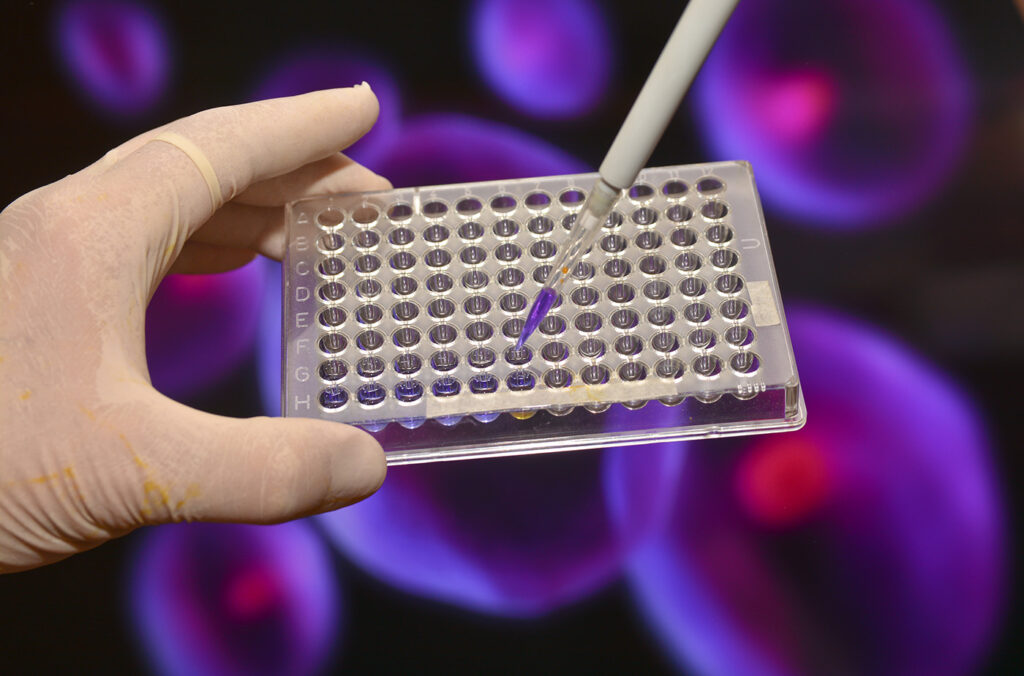
Gregory Russotti
Chief Technology and Manufacturing Officer
Century Therapeutics
Panelist

Gregory Russotti
Gregory Russotti is the Chief Technology and Manufacturing Officer at Century Therapeutics, a company developing iPSC-derived, allogeneic immune cell therapy products for hematology/oncology indications. Before joining Century in January 2020, Greg was Vice President of Cell Therapy Development and Operations at Celgene. During his 13 year tenure at Celgene, he guided CMC efforts for five different cell therapy products to IND and clinical stage development. Greg was also a leader in establishing in-house clinical manufacturing at Celgene and in building Celgene’s first commercial CAR T manufacturing facility. Prior to Celgene, Greg held various leadership roles at Merck Research Laboratories, developing vaccines and monoclonal antibodies for clinical and commercial manufacturing. Greg received his B.S. and M.S. degrees in Chemical Engineering from Rensselaer Polytechnic Institute and his Ph.D. in Chemical and Biochemical Engineering from Rutgers University.

Daniel Galbraith, PhD
Chief Scientific Officer
Solvias
Panelist

Daniel Galbraith, PhD
Daniel Galbraith is an innovation driver and science leader in the biotechnology industry. He currently serves as Chief Scientific Officer at Solvias, a global CRO in the small and large molecule space.
Before transitioning to industry, Daniel spent six years conducting post-doctoral research in clinical virology. Since 1996, he has held several senior roles in the CRO sector, contributing to the pre-clinical and clinical development of vaccines and gene therapy vectors. Prior to joining Solvias, he was Head of Technology Management and Novel Products at Merck, where he led global initiatives applying innovative technologies to bring new ATMPs to the clinic.
Earlier in his career, Daniel founded BioOutsource, a company specializing in the characterization of biotechnology products, where he served as Chief Scientist and oversaw R&D and the development of a new U.S. site.
Daniel also has two external positions: he is a member of the Scientific Advisory Board for Refeyn, a university spin-out focused on technology innovation, and servces as Chair of Glen Clova Scientific, an early-stage vaccine development company.

Phillip Ramsey, MS, MBA
Chief Technical Officer
Sangamo
Panelist

Phillip Ramsey, MS, MBA
Phillip Ramsey is Sangamo’s Chief Technical Officer where he oversees manufacturing, technical development, supply chain and quality. He has over 35 years of experience in biotech and pharmaceutical operations, development, and quality and has been active in multiple therapeutic areas including autoimmune, cardiovascular, central nervous system, emerging infectious diseases, oncology, rare genetic diseases, and vaccines.
Prior to joining Sangamo, Phillip was Senior Director at Emergent BioSolutions where he played a key role in the design and construction of a 85,000 square foot award winning commercial facility, as well as Leidos where he was a part of the development of a 130,000 square foot vaccine pilot plant for the NIH. Additionally, Phillip has contributed to multiple regulatory submissions for product approval and more than 50 investigational new drug submissions.
Phillip received his B.S. in Chemistry and Physics from the University of Nebraska, an MBA with a specialty in regulatory sciences from San Diego State University, and his M.S. in Biochemistry from John Hopkins University.
Broadcast Date:
- Time:
Potency assays are a regulatory linchpin in cell and gene therapy (CGT) development, but their design and validation remain a persistent and often underestimated challenge for therapy developers. Assays must accurately reflect a product’s mechanism of action, deliver reproducible results across variable manufacturing inputs, and meet evolving regulatory expectations, all while remaining feasible for GMP deployment.
In this GEN panel discussion, three experts in cell and gene therapy development will share lessons and strategies learned from designing, validating, and scaling potency assays for both autologous and allogeneic therapies. Our panelists will discuss common hurdles such as defining MoA-based endpoints, handling product variability, and building assays that can scale from early research through commercialization. They will also go over the role of contract research organizations and analytical partners in accelerating assay development, with insights into how organizations like Solvias are expanding capabilities in cell-based and molecular assays to support CGT developers. Key takeaways include:
- • Examples of bridging studies, comparability plans, and assay evolution from preclinical to biologics license application
- • Strategies for defining MoA-based assay endpoints early in development
- • How to manage variability in donor-derived materials and cell expansion systems
- • How to balance fit-for-purpose approaches with regulatory readiness across the product lifecycle
A live Q&A session will follow the presentations, offering you a chance to pose questions to our expert panelists.
Produced with support from:



